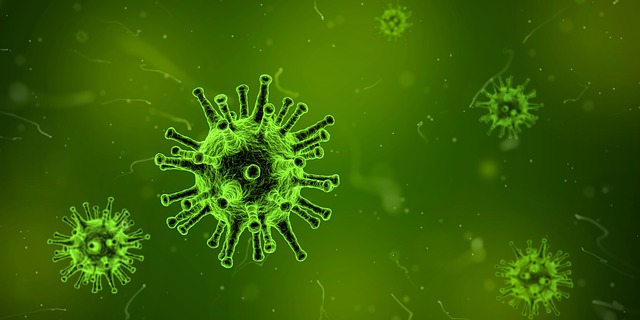In the early 1900s we discovered a truly revolutionary material; without which, the world would be a very different place today. No doubt, you have used at least a dozen items today. What is it? Plastic.
Nowadays we find it in everything from clothing, packaging, vehicle parts, and even replacement organs. This synthetic substance is so useful because of its vast versatility. We can add plasticizers to mixtures to make them soft and pliable, or create highly ordered crystalline structures which are hard and durable, such as nylon. It seems like the sky was the limit, and for a few decades we tested the limits to our hearts’ content.
But this highly stable, easily synthesized compound, has a dark side. These artificial compounds are created in a lab, meaning the biological environment has not been exposed to it. At least, hadn’t been in the past. This means that unlike compounds found in nature, such as organic matter, mechanisms that break down the substance have yet to evolve. Until recently.
In 2016, a bacterium given the name of Ideonella sakaiensis 201-F6, was discovered in a Japanese garbage heap. It turns out, that it has actually evolved the ability to break down plastic. However, it was found that the mechanism of this was inefficient.
Recently, scientists at the University of Portsmouth attempted to make the process more efficient. A team of researchers, were working on determining the exact mechanism for the process, and inadvertently changed the enzyme responsible for the break down. It turns out this bacterium had evolved a specific enzyme, aptly called PETase, which could bind to plastic surfaces, and help break down the ester bonds holding the plastic monomers together.
This is not the first bacterial enzyme found to do this job. But this particular enzyme has evolved specifically to break down PET plastic. This means that the process is vastly more efficient, so much so that early evidence shows the breakdown of plastic could occur in days, instead of the usual centuries.
Conclusion
This may seem like the answer to one of the biggest issues of our time. But we must exercise caution. It is not the first time we have seen bacteria adapt to the changing conditions of our planet. The most notable was the discovery of antibiotic resistant bacteria. Although Ideonella sakaiensis doesn’t seem to pose the same risks, if this bacterium were to gain traction, the process of breaking down plastics could occur at temperatures as low as 30 degrees Celsius, meaning it could start breaking things down everywhere!
Written by Sophie Z.




